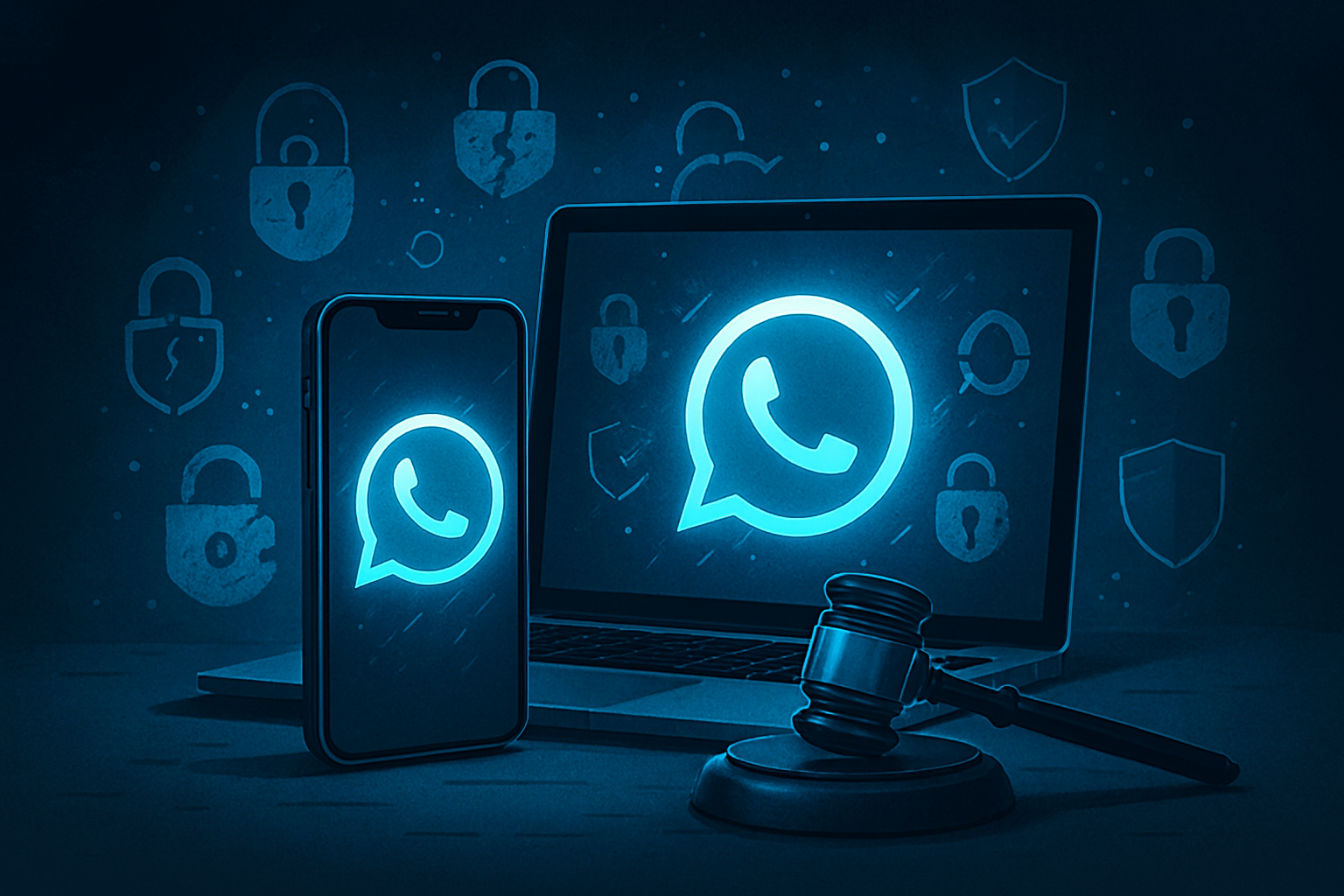WhatsApp Patches Exploit Targeting Apple Users: Zero-Click Vulnerability Explained
In today’s digital age, privacy breaches are increasingly alarming. WhatsApp patches exploit news is drawing widespread attention after the messaging giant addressed a highly sophisticated “zero-click” vulnerability targeting Apple device users. This article unpacks what happened, who was affected, and most importantly, what you must do to stay safe.
What Happened: Understanding the Exploit
WhatsApp recently revealed it patches exploit CVE-2025-55177—a critical flaw that enabled attackers to compromise iOS and macOS devices without any user interaction. This zero-click exploit chained with Apple’s OS-level flaw (CVE-2025-43300), creating a seamless attack pathway that compromised users through crafted messages or files.
Amnesty International’s Security Lab confirmed the campaign spanned approximately 90 days, starting late May 2025, and targeted fewer than 200 individuals. The victims likely included civil society activists, journalists, and potentially other high-profile individuals.
The Mechanics: How the Exploit Worked
The exploit chain combined two separate vulnerabilities:
- WhatsApp vulnerability (CVE-2025-55177)
It stemmed from insufficient authorization in WhatsApp’s linked-device synchronization feature. Attackers could send arbitrary URLs that were improperly processed, enabling payload delivery on the target device. - Apple’s Image I/O framework flaw (CVE-2025-43300)
Located in core image processing libraries (Image I/O), this out-of-bounds write vulnerability allowed remote memory corruption through malicious image files. It enabled stealthy code execution on iOS and macOS.
Together, these flaws enabled silent, targeted spyware attacks—no clicks required, no prompts noticed.
Impact and Response: Users and Meta Take Action
WhatsApp confirmed less than 200 users were possibly compromised and that affected users have been notified directly. The company immediately rolled out patches:
- WhatsApp for iOS updated past version 2.25.21.73
- WhatsApp Business for iOS updated past v 2.25.21.78
- WhatsApp for Mac updated past v 2.25.21.78
Apple patched the OS vulnerability across iOS, iPadOS, and macOS in the latest security updates.
WhatsApp strongly recommended that users update their app immediately—and in some cases, perform a factory reset—to mitigate any lingering risks.
Why “Zero-Click” Exploits Are Particularly Dangerous
Zero-click vulnerabilities don’t require users to take any action, making them uniquely stealthy. They are commonly used in identity surveillance, often by nation-state or state-linked actors targeting high-value individuals.
These attacks bypass traditional defenses like link scanning and phishing detection. By embedding payloads in media or system messages, attackers can infiltrate devices silently—this is what made the WhatsApp exploit both dangerous and urgent.
What Users Should Do Now
If you use WhatsApp on an Apple device, here’s your action checklist:
- Update your WhatsApp app to the latest version immediately.
- Install Apple’s latest iOS/macOS updates to patch the Image I/O flaw.
- If you’ve received a notification from WhatsApp about possible compromise, consider a factory reset to remove any undetected malware.
- Enable additional protection layers such as iOS Lockdown Mode or Android’s Advanced Protection (where available).
- Remain vigilant: only install apps from trusted sources and avoid unknown messages—even without clicking.
Broader Context: WhatsApp and Spyware History
This is not WhatsApp’s first encounter with sophisticated spyware. In 2019, WhatsApp famously disrupted NSO Group’s Pegasus spyware campaign, which exploited messaging bugs to target over 1,400 users worldwide. This history underscores the ever-evolving threat landscape and the importance of constant vigilance.
Conclusion
The WhatsApp patches exploit update marks another critical moment in digital security—highlighting the growing sophistication of spyware and the necessity of rapid patch adoption. If you haven’t updated both your WhatsApp app and your device’s OS yet, do it now. Your privacy may depend on it.




Comments are closed